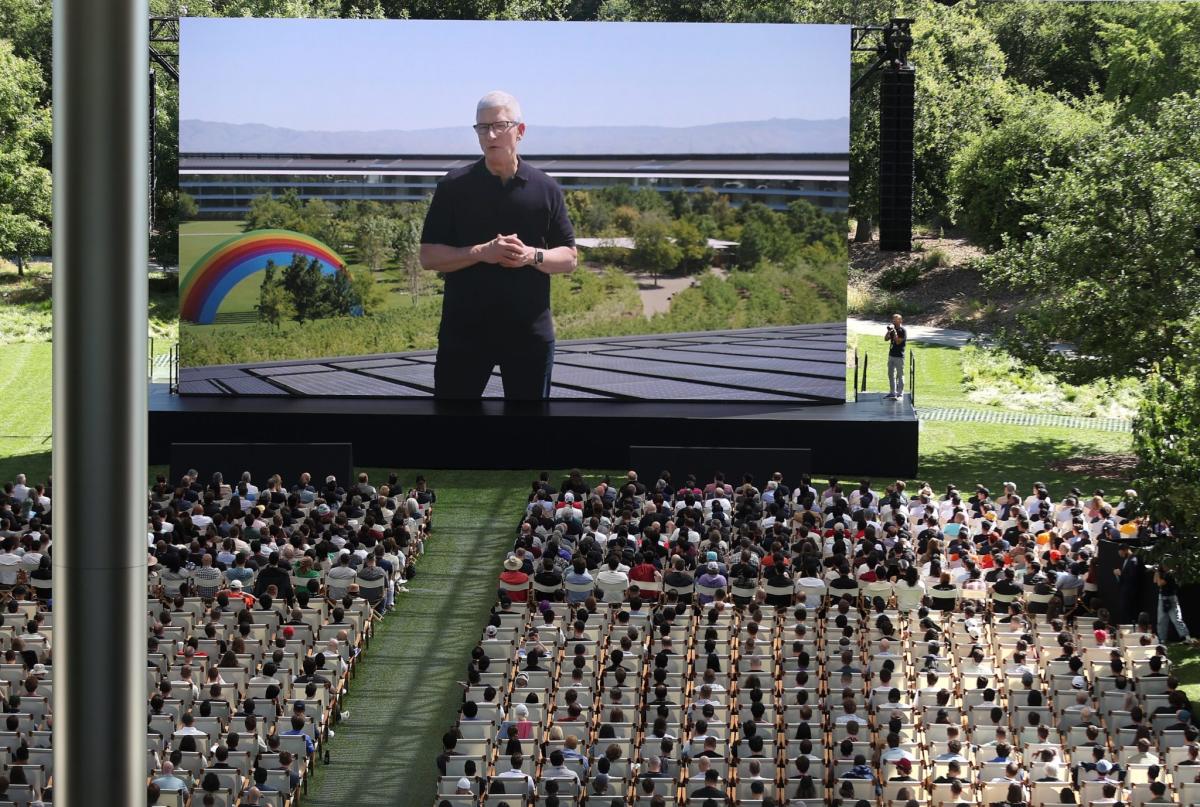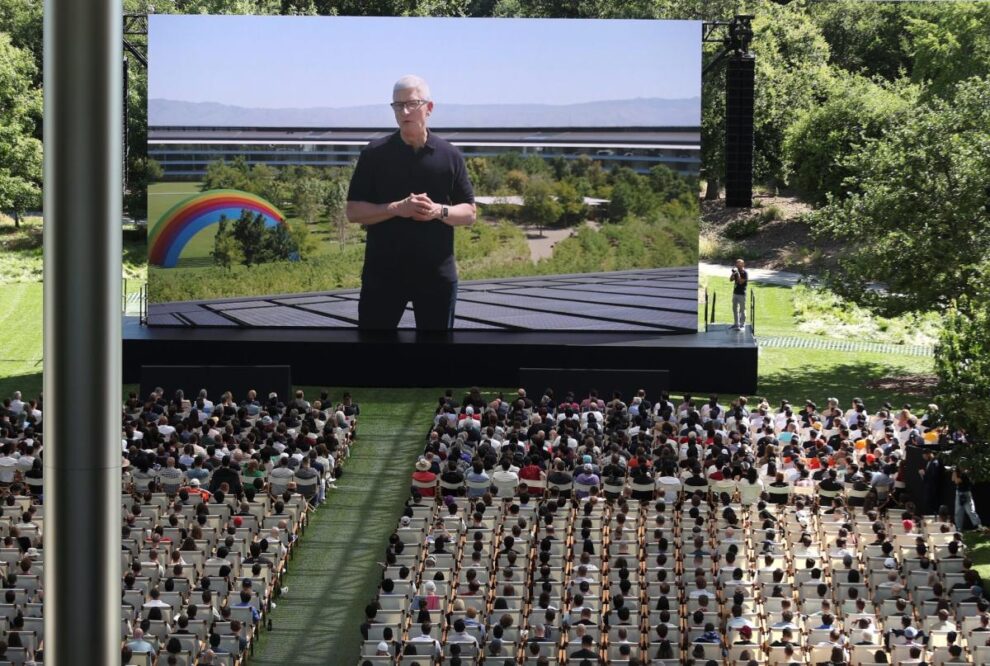
In the end, Apple’s highly-anticipated AI announcements were very, well, Apple-y. You could practically feel that bite in the tech giant’s fruit logo as the company finally announced Apple Intelligence (how deliciously on-brand to take advantage of the technology’s initials), which Apple’s Tim Cook touted will be “personal, powerful, and private” and integrated across Apple’s app and hardware ecosystem.
Apple, of course, has always been all about being a protective “walled garden” that provides comprehensive security measures but also plenty of restrictions for users, and Apple Intelligence will be no different. But it is that very personal context of the user within the Apple landscape, combined with the power of generative AI, that makes Apple Intelligence something perhaps only Apple could really do.
Apple has not been first, or anywhere near the cutting edge of generative AI, but it is betting on something else: An AI ‘for the rest of us’ — for the billions of users who don’t care about models or APIs or datasets or GPUs or devices or the potential for artificial general intelligence (AGI). That is, the ‘normies’ — as those in the tech industry like to call them — who simply want AI that is easy, useful, protective of privacy and just works.
The laundry list of features Apple executives promised to roll out across iPhone, iPad and Mac OS devices was long. Siri is getting an upgrade that makes the assistant “natural, more contextually relevant, and more personal.” If Siri can’t answer a question itself, it will ask the user if it’s OK to tap into ChatGPT (thanks to a new deal between Apple and OpenAI) and it will have “on-screen awareness” that will eventually allow Siri to take more agent-like action on user content across apps.
There will be new systemwide writing tools in iOS 18, iPadOS 18, and macOS Sequoia, as well as new ways for AI to help prioritize everything from messages to notifications. The fun factor is well-represented as well, with on-device AI image creation and the fittingly-named Genmojis, which let users create custom emojis on-the-fly (think: smiley face with cucumbers on the eyes to indicate you’re at the spa).
But unlike Google and Meta’s throw-everything-at-the-wall approach to integrating generative AI to their products, Apple is taking a different tack, putting a carefully designed layer of gen AI on top of its operating system. None of it, at least in Monday’s demo, seems bolted on as an afterthought (like Meta’s AI-is-everywhere search bar in Instagram, Facebook and WhatsApp, for example). And none of it, in fact, really uses the word AI as in “artificial intelligence.”
The re-branding of AI as Apple Intelligence takes a technology consumers have heard and read about for more than a year (and which has often sounded frightening, futuristic and kind of freaky), and serves it up as something that’s soothingly safe and secure. It’s the tech equivalent of a mild soap for sensitive skin, offering consumers a freshly-scrubbed face with no hard-to-pronounce and potentially irritating ingredients.
Of course, Big Tech demos are notorious for big announcements that don’t always deliver. And there were few details about important issues like the provenance of the data powering Apple Intelligence features, the terms of Apple’s deal with OpenAI for access to ChatGPT, and how Apple plans to deal with the inevitable hallucinations that will result from its AI output. After all, safe and secure does not mean “accurate.” When Apple Intelligence is released “in the wild,” things are sure to get interesting, and messier.
The tech world is in a fierce battle to see which company will be able to take AI and turn it into the industry’s next game-changer. Whether that is Apple or not remains to be seen, but the elegant simplicity of the Apple Intelligence announcements certainly puts Google, Meta, Amazon and yes, OpenAI on notice: AI may be complicated, but as Steve Jobs said, “simple can be harder than complex: You have to work hard to get your thinking clean to make it simple.” Perhaps, AI companies will finally figure out how to keep it simple—and as Jobs said, “move mountains.”
This story was originally featured on Fortune.com









